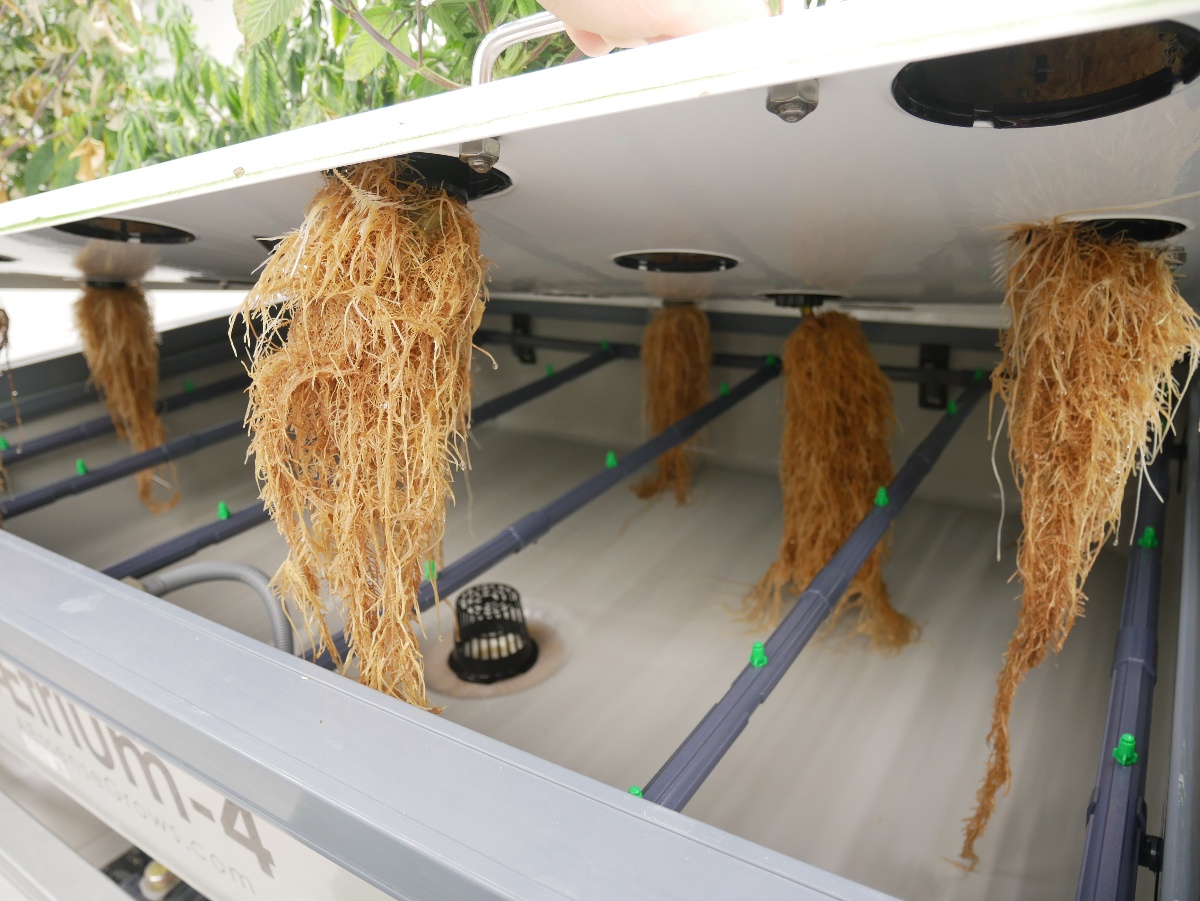
Topic: H2O2 (Hydrogen Peroxide) ExplainedBackgroundDisinfecting fertigation water prior to and during use is critical for minimizing potential transmissions of pathogens. As a strong oxidizer, H2O2 can be applied to prevent the growth of plant pathogens within fertigation water. While H2O2 can be used to treat established pathogens, it is most effective when used as a preventative treatment. Dosing: Acceptable Applied Concentrations & Avoiding PhytotoxicityWhen applying any chemical for pathogen control in soilless hydroponic systems, understanding the acceptable applied concentrations for the concerned plants is critical for avoiding adverse effect on plant growth, or phytotoxicity. The acceptable applied concentration, (and concentration threshold) for phytotoxicity is dependent on the plant species and method of application. Commercially available forms of H2O2 are sold in a variety of different concentrations. Typically, hydrogen peroxide is available for purchase in concentrations of 3%, 26%, and 35%. All commercial chemical products are required to list the concentration of their active ingredients on their product Safety Data Sheet (SDS), which can usually be found online. In most cases, an acceptable H2O2 concentration in solution for different applications can be extrapolated from product-specific dilution ratios. Typical concentrations of H2O2 in solution for different applications can range between 25-150 PPM depending on exposure time, the concentration of organic matter in solution, plant species, and plant age. In appropriate contexts, higher concentrations can be advisable, but doing so can risk phytotoxicity. H2O2 Chemistry and Horticultural UtilityWhen added to water, hydrogen peroxide reacts to form H2O and a wide variety of free radicals and other reactive species capable of reacting with and decomposing organic material, including pathogens. Regardless of the intermediate reaction steps, the final by-products of H2O2 are oxygen and water. Due to its highly reactive nature and lack of harmful disinfection by-products, H2O2 is considered especially helpful for cleaning hydroponic and aeroponic fertigation systems. The reactive molecules generated during H2O2 decomposition react with organic matter present in water systems, reducing stability of cell membranes, cellular proteins, and in some cases DNA. This reaction is non-selective, meaning H2O2 will oxidize all components of the fertigation water as well as tissues from any crops being irrigated – it is due to this that H2O2 dosing concentrations should reflect crop-specific phytotoxic thresholds. H2O2 DecompositionThe rate of applied H2O2 decomposition in hydroponic systems depends on the concentration of exposed organic matter, the presence or absence of chemical stabilizers, and the applied concentration. When introduced to water, H2O2 breaks down rapidly. In many cases, commercial “activators” are added to stabilize the original solution and to increase the efficacy of the product. When added to active soilless hydroponic systems at concentrations below 100 PPM, the concentration of hydrogen peroxide typically decomposes rapidly within a few hours, with little or no traceable amount present in solution after 24-48 hours. H2O2 and ORPThe oxidizing potential of H2O2 is greater than that of hypochlorous acid and chlorine dioxide. Despite being a powerful oxidizer, ORP is not a practical method for monitoring the antimicrobial potential of water treated with hydrogen peroxide. The relationship between the applied concentration of H2O2 and ORP is non-linear at the typically applied concentrations used for disinfecting water. As such, the antimicrobial potential of water should be extrapolated by monitoring active concentration of H2O2 in solution using test strips or other colorimetric methods.
#ORP #Oxidative-Reduction-Potential #H2O2 #Hydrogen-Peroxide #Oxidizing-Agent #Water-Cleanliness #PPM #Parts-per-Million
Next week we will take a closer look at the various options for utilizing oxidation to keep your systems pathogen free. Previous letter: ORP Next letter: Chlorides (HOCl) Introduced |